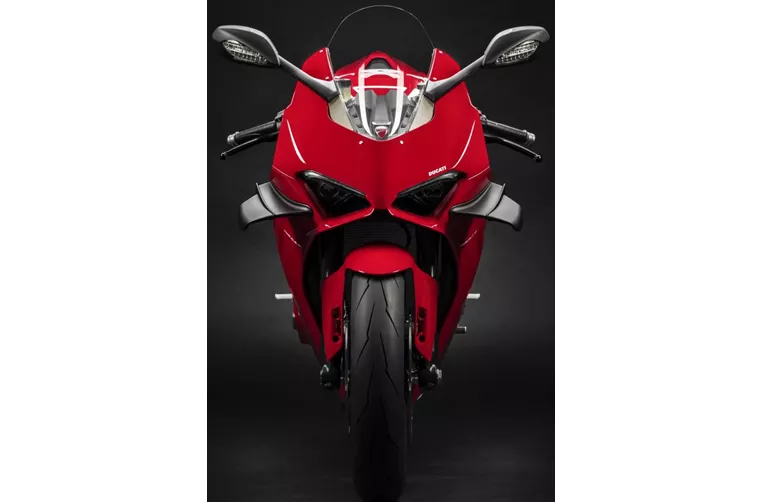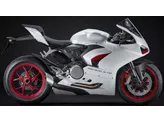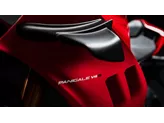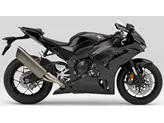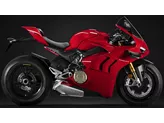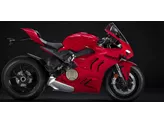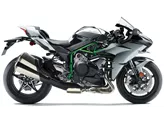BMW S 1000 RR 2015 vs. Ducati Panigale V4 2020

BMW S 1000 RR 2015
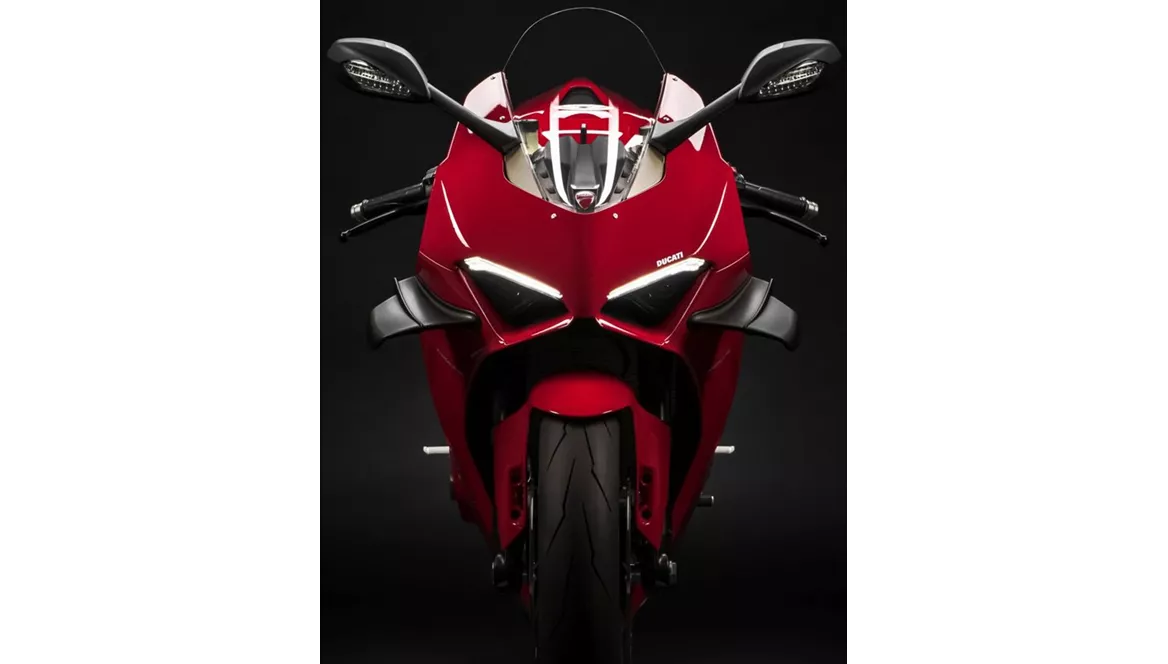
Ducati Panigale V4 2020
Overview - BMW S 1000 RR 2015 vs Ducati Panigale V4 2020
When comparing the BMW S 1000 RR 2015 and the Ducati Panigale V4 2020, it is evident that both motorcycles have their own unique strengths and weaknesses.
Starting with the BMW S 1000 RR 2015, it boasts an in-line engine with a displacement of 999ccm. This powerful engine produces 199 HP and 113 Nm of torque, making it an incredibly fast and thrilling ride. The bike's compression ratio is 13, and it features 4 cylinders. The chassis is made of aluminum and has a twin tube frame, providing stability and agility on the road. The front suspension is a telescopic fork, while the rear suspension is a swing arm. The braking system consists of double disk brakes with radial technology. The front tire has a width of 120mm and a diameter of 17 inches, while the rear tire has a width of 190mm and the same diameter. The wheelbase measures 1425mm, and the seat height is 815mm. The kerb weight of the bike, including ABS, is 204kg, and it has a fuel tank capacity of 17.5 liters.

BMW S 1000 RR 2015
On the other hand, the Ducati Panigale V4 2020 features a V engine type with a displacement of 1103ccm. This engine generates a higher power output of 214 HP and 124 Nm of torque. The compression ratio is slightly higher at 14, and it also has 4 cylinders. The chassis is made of aluminum and has a monocoque frame, providing strength and stability. The front suspension is an upside-down telescopic fork, while the rear suspension is a single swing arm. The braking system consists of double disk brakes with radial and monoblock technology. The front tire has the same width as the BMW at 120mm and the same diameter of 17 inches, while the rear tire is slightly wider at 200mm. The wheelbase measures 1469mm, and the seat height is slightly higher at 830mm. The kerb weight of the bike, including ABS, is slightly lighter at 198kg, and it has a slightly smaller fuel tank capacity of 16 liters.
In terms of strengths, the BMW S 1000 RR 2015 offers a superb shift assistant, allowing for smooth and quick gear changes. The engine is incredibly powerful and rev-happy, providing an exhilarating riding experience. Additionally, the bike has a great range of accessories available, allowing riders to customize and enhance their bike. Furthermore, the BMW S 1000 RR 2015 comes with a race-ready data logging tool and calibration tool, which can be beneficial for professional riders.
On the other hand, the Ducati Panigale V4 2020 boasts clever electronics, which enhance the overall riding experience and provide added safety. It also offers noticeable upgrades compared to the previous model, making it even more appealing to riders. Additionally, the bike is more accessible than ever before, allowing a wider range of riders to enjoy its performance.
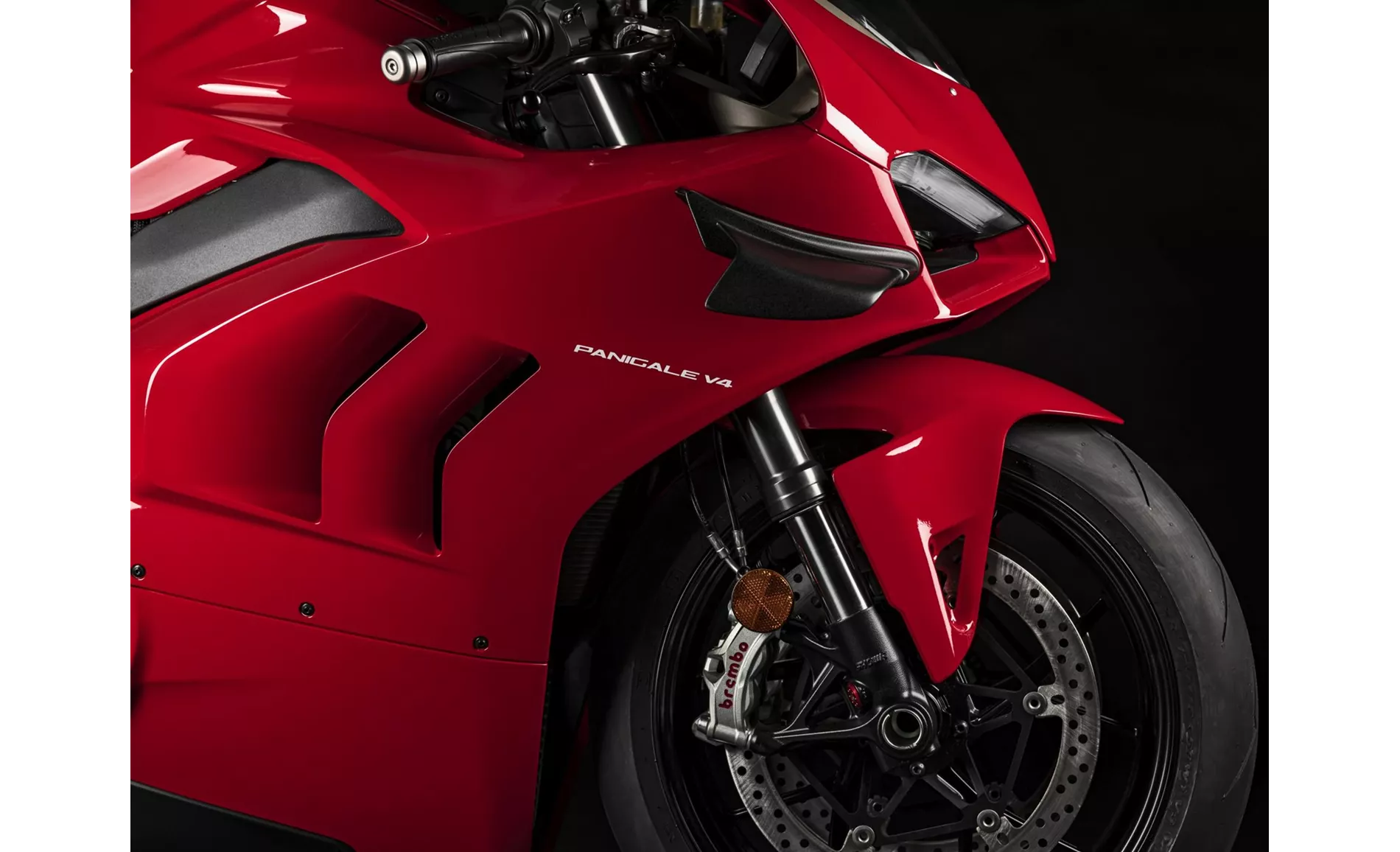
Ducati Panigale V4 2020
However, both bikes have their weaknesses. The BMW S 1000 RR 2015's chassis can quickly reach its limit in the hands of professional riders, which may limit its performance potential. On the other hand, the Ducati Panigale V4 2020 has a small fuel tank from an ergonomic point of view, which may require more frequent refueling. Additionally, it may not perform as well in straight-line driving at high speeds in wet conditions.
In conclusion, both the BMW S 1000 RR 2015 and the Ducati Panigale V4 2020 are impressive motorcycles with their own unique features and capabilities. Riders looking for a powerful and customizable bike with great accessories may lean towards the BMW S 1000 RR 2015, while those seeking advanced electronics and noticeable upgrades may prefer the Ducati Panigale V4 2020. Ultimately, the choice between the two will depend on the rider's preferences and priorities.
Technical Specifications BMW S 1000 RR 2015 compared to Ducati Panigale V4 2020
Pros and Cons in comparison
Pros and Cons in comparison
BMW S 1000 RR 2015

The BMW can still score points with hard facts in 2015. If you like top performance, you have to buy the BMW. It turns out incredibly powerful at the top and drives away the rest of the field from 200. Big and heavy riders will be able to benefit from this even more. BMW didn't make it easy for themselves with this bike and put together a very universal motorbike. If you were to do a comparison test with 50 different riders (from rookie to pro), the BMW would have the best average of all 1000cc bikes. The electronic chassis, but also the riding aids, make the pros fast and the beginners safe on the road. A top recommendation for a very broad target group. Very fast hobby riders will not be 100% satisfied with the standard suspension. If you don't want to modify the chassis, you should rather go for an R1M, a Panigale S or an RSV RF. If you want to convert anyway, the S 1000 RR is the strongest and most universal base. Surprisingly, the powerful machine also rides very well on country roads. All in all, it looks like a compromise, but it never feels like one in practice.
Ducati Panigale V4 2020
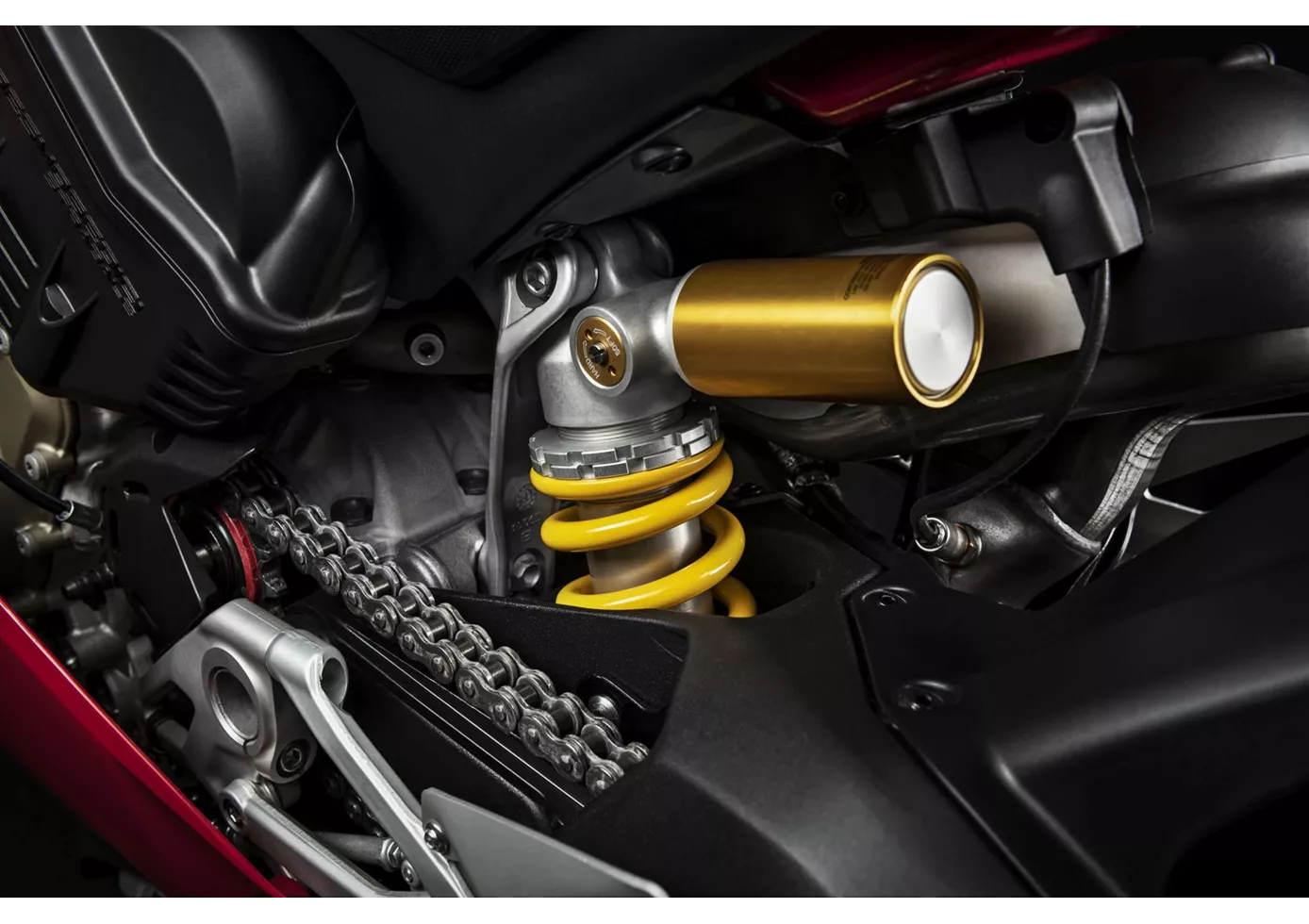
The conclusion is very easy for me. Ducati has made an "already almost perfect motorbike" even better without changing anything in a negative way. Although riding on the road with this radical fairing probably causes a stir and one or two riders find it uncomfortable, they obviously feel more comfortable with it on the race track. You get a motorbike "out of the box" that resembles a Superbike World Championship bike more than ever. I also believe that the V4 2018 owner is quite capable of improving his lap times with the 2020 version. My tip: if you take care to enlarge the tank or make it more grippy, you could go over the centre even more with your hull.
Price Comparison Avarage Market Price BMW S 1000 RR vs Ducati Panigale V4
There are a few key differences between a BMW S 1000 RR 2015 and a Ducati Panigale V4 2020. In terms of price, the actual average price of a Ducati Panigale V4 2020 is about 144% higher. Compared to Ducati Panigale V4 2020 there are more BMW S 1000 RR 2015 bikes available on the 1000PS.de Marketplace, specifically 8 compared to 6. It takes less time to sell a BMW S 1000 RR with 77 days compared to 100 days for a Ducati Panigale V4. Since model year 2010 1000PS.de editors have written 135 reviews for the BMW S 1000 RR and 18 reviews for the Ducati Panigale V4 since model year 2018. The first review for the BMW S 1000 RR was published on 4/16/2008 and now has more than 4,000 views. This compares to more than 131,500 views for the first review on Ducati Panigale V4 published on 11/5/2017.

